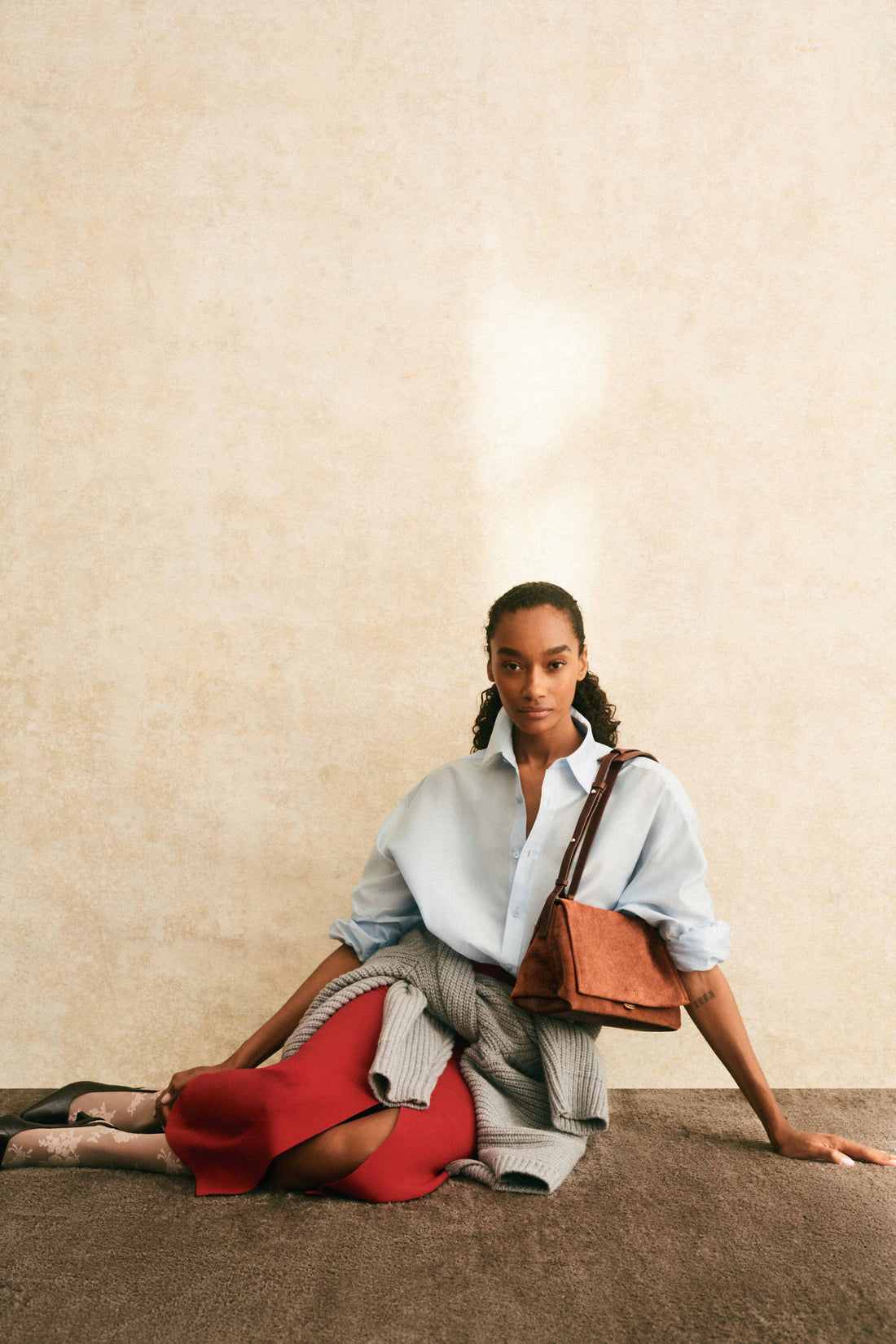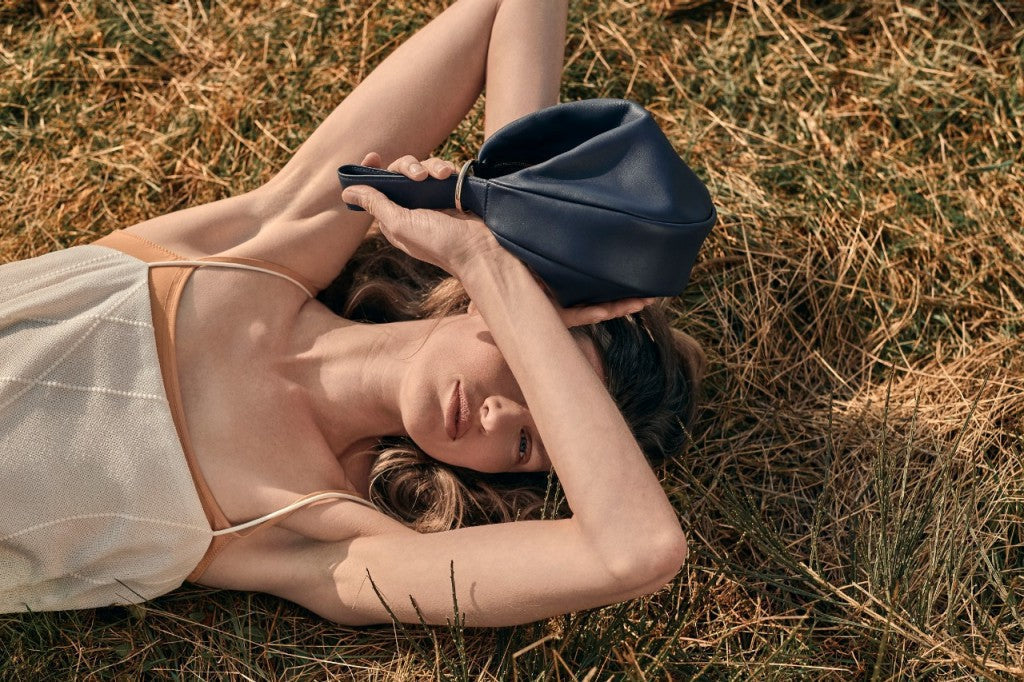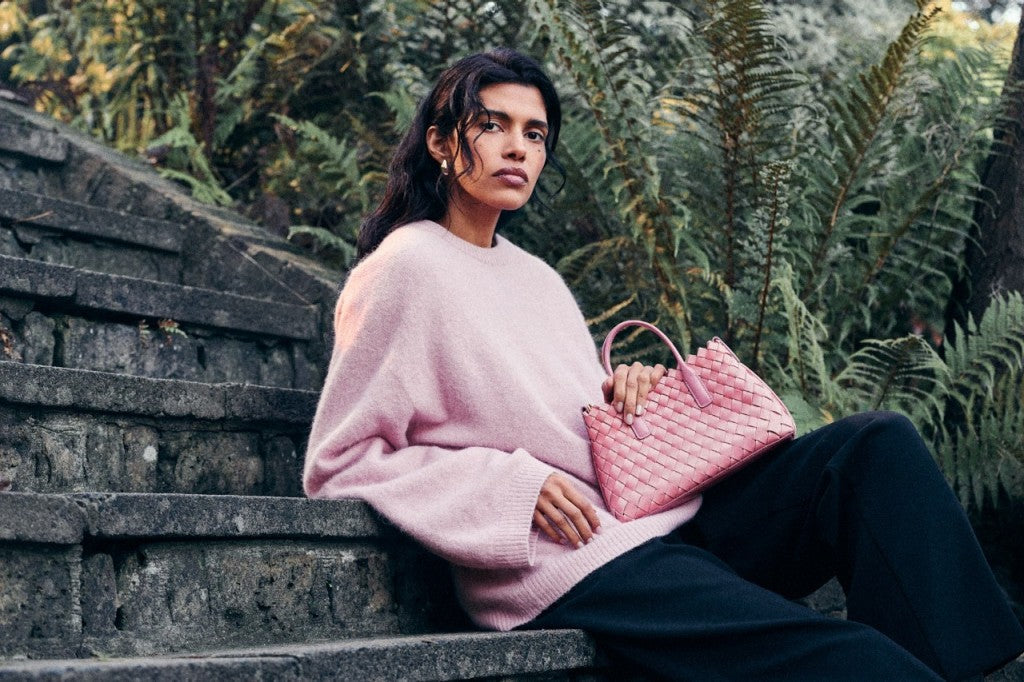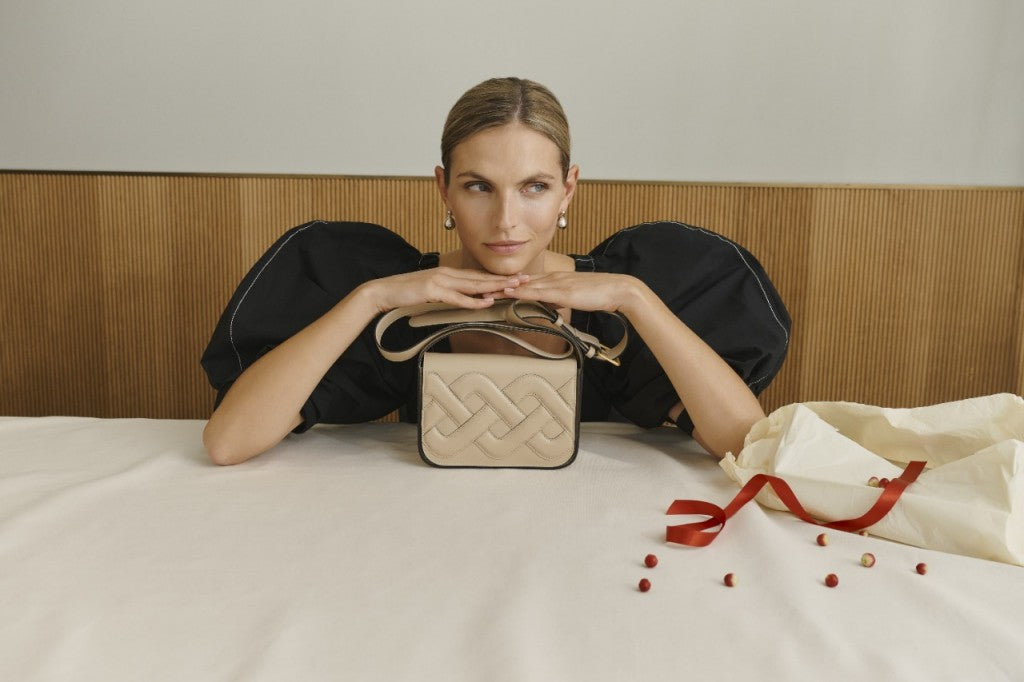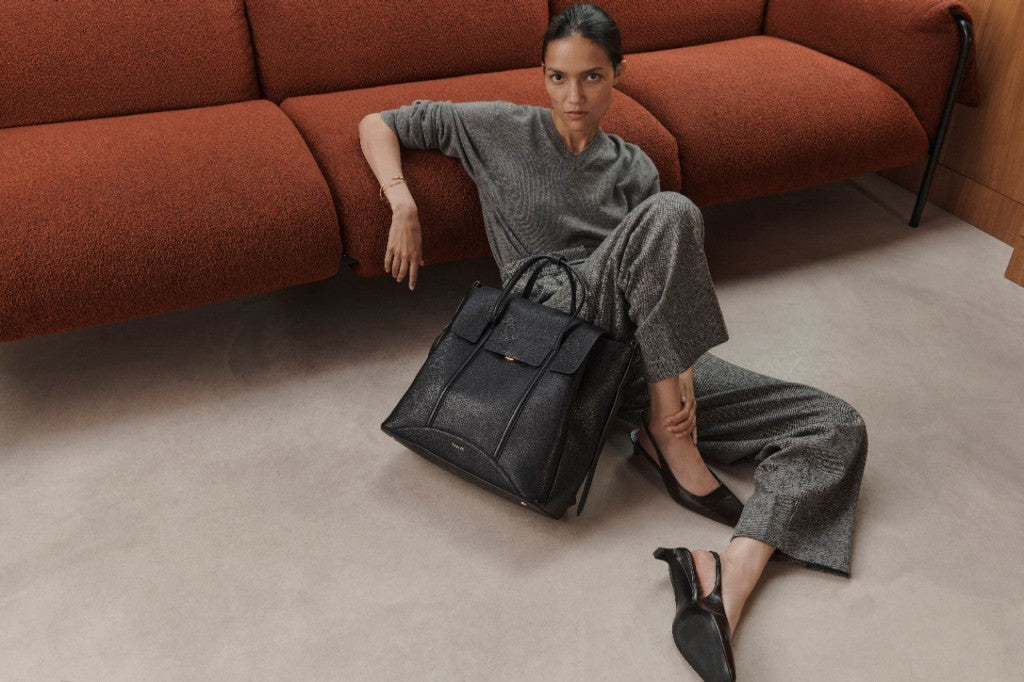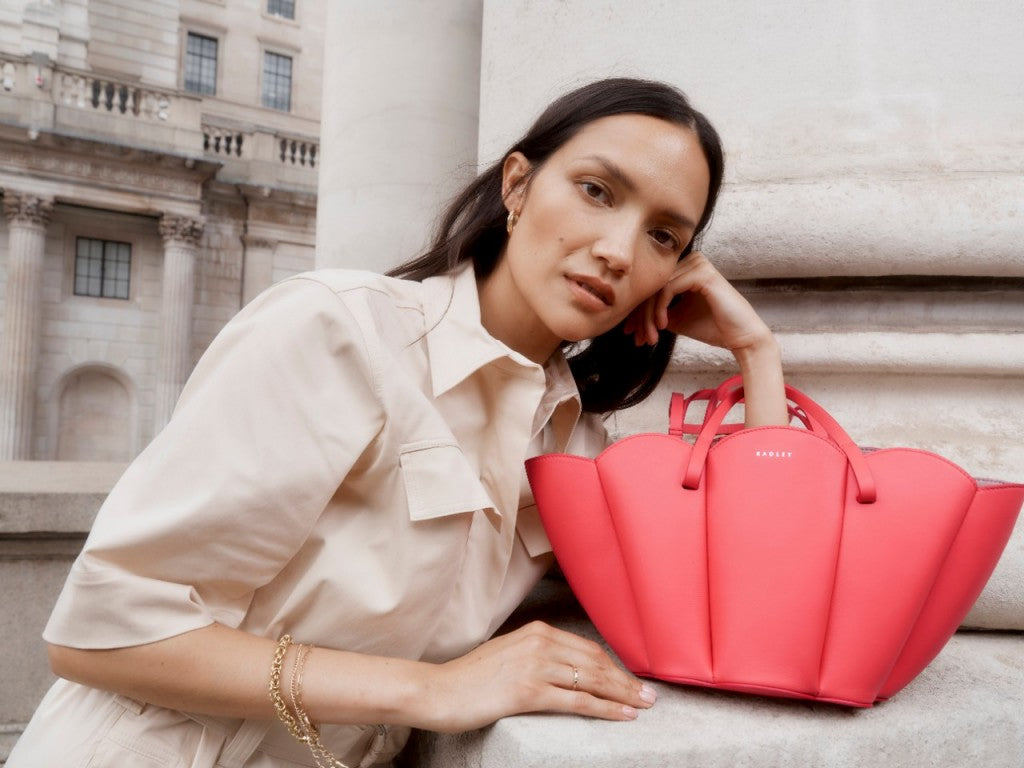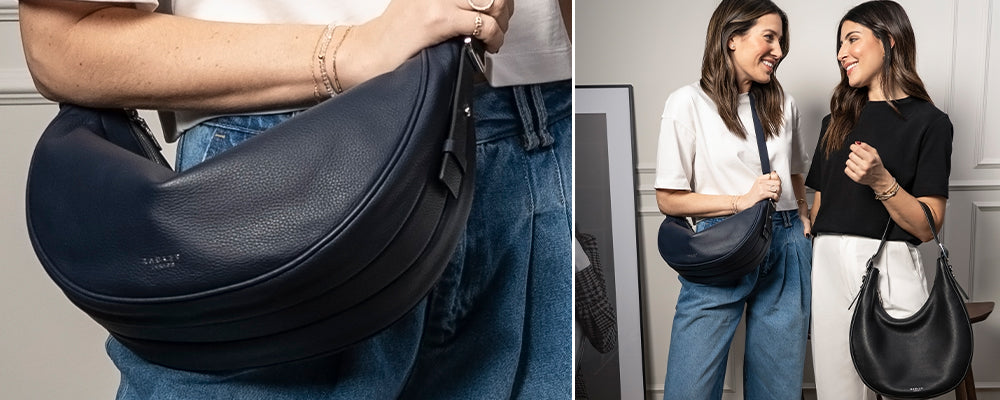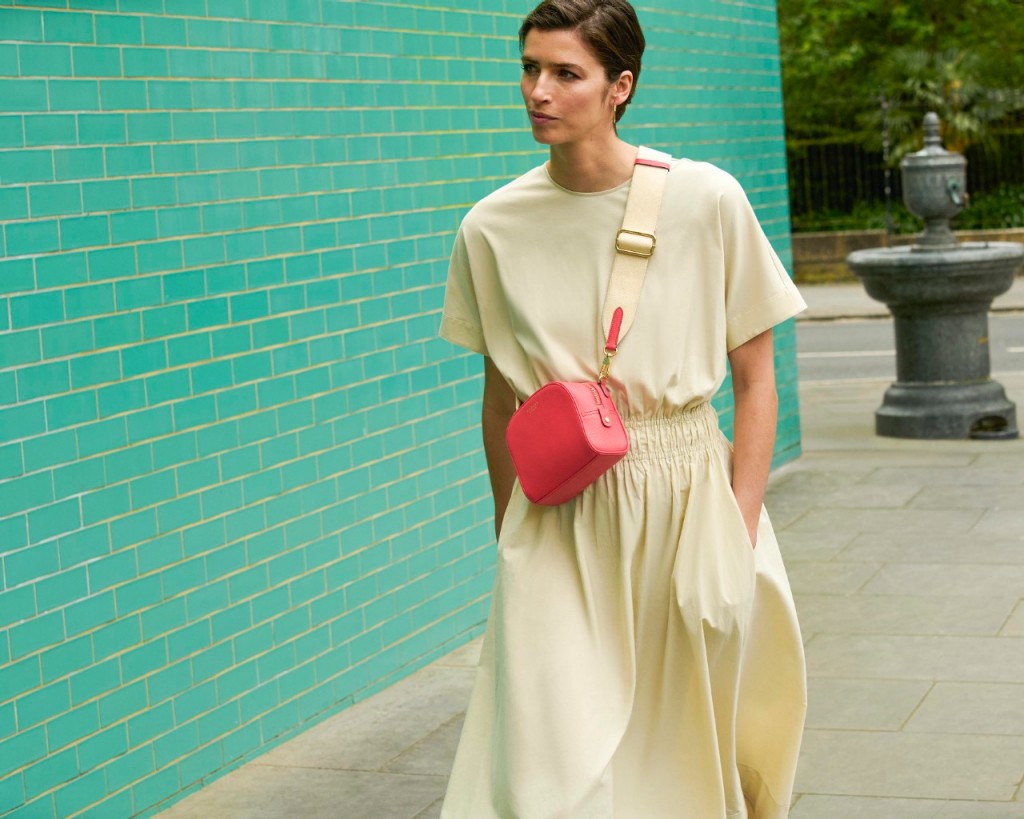Style Notes
A New era of Design
A New Collection Lookbook
A New Collection Lookbook
Editor Sarah Tomczak for Radley
My Stylish Thinking with Journalist Katherine Ormerod
Winter '24. Stylish Thinking
The Best Work Bags: How To Choose The Perfect Fashion Laptop Bags For Work
AW24 Lookbook
Why the Editor in Chief of Good Housekeeping Loves Radley
Summer Picks from Style Experts We Are Twinset
Making Summer Even Brighter

